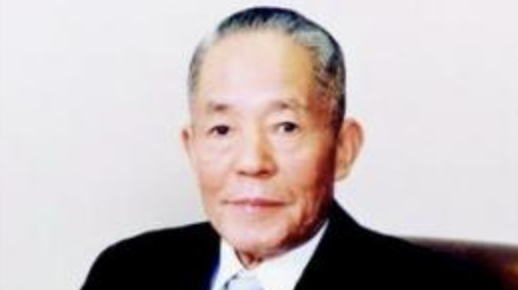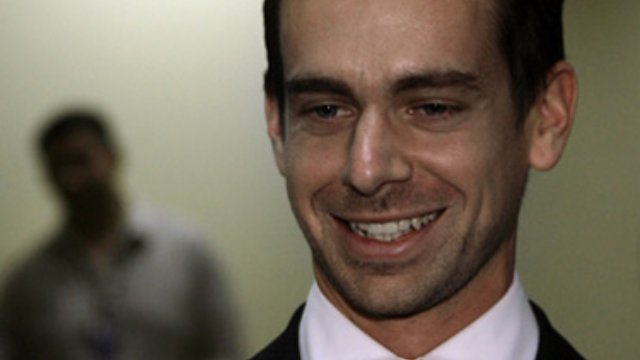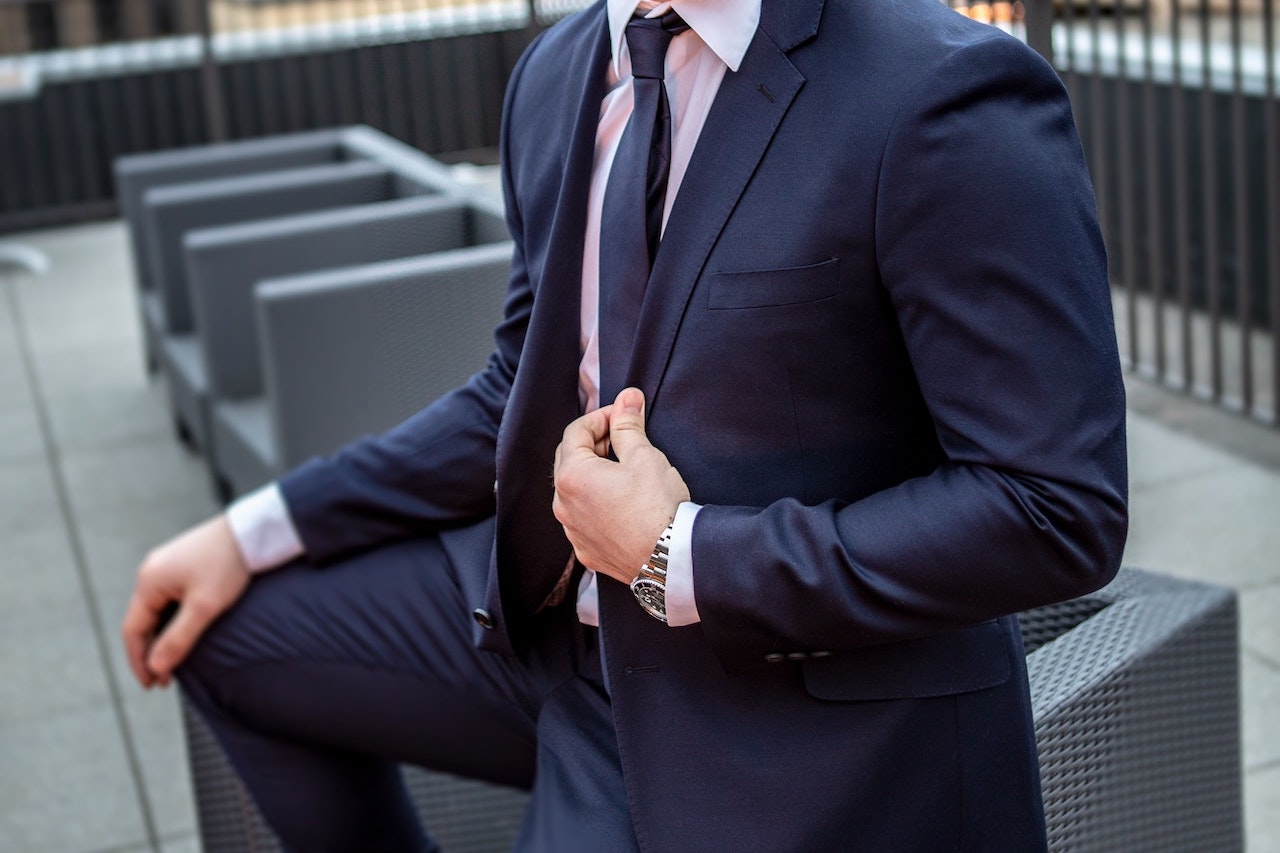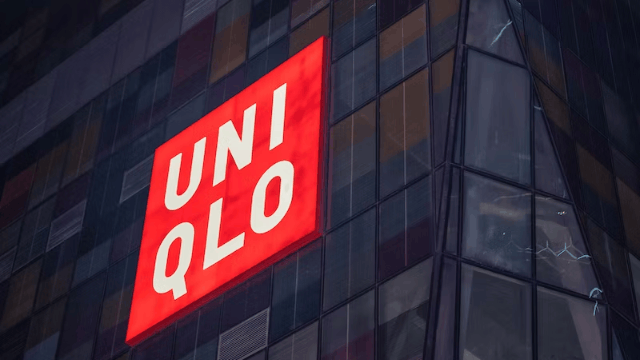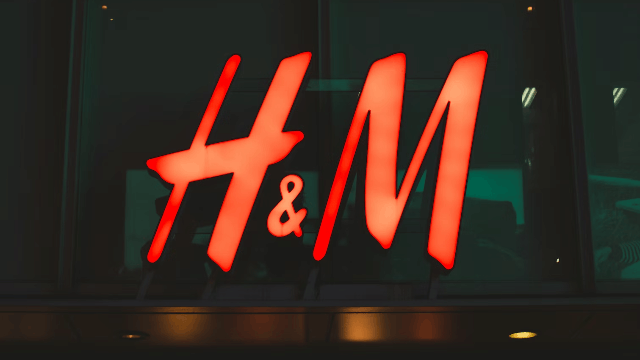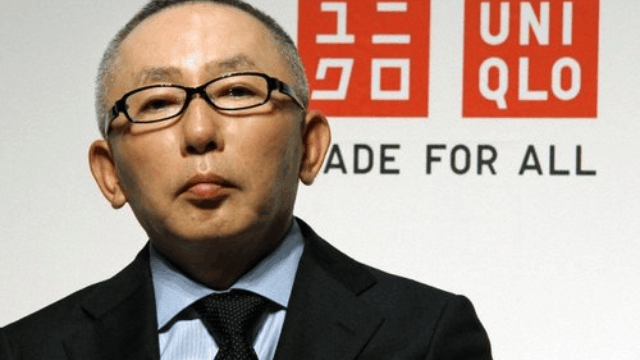Ortega's early years
In 1936, Amancio Ortega was born in Galicia, one of the poorest regions of Spain.
There were five members of his family, but the only one in the family who worked was Ortega's father, who was a railway worker, but even though he worked day and night, he could not support his family of five. At the age of 14, Ortega dropped out of school and became an apprentice in a clothing shop. The apprenticeship was a difficult time, but Ortega had a strong purpose in mind.
In between apprenticeships, he would surreptitiously learn about the process of shaping clothes, from making the panels, to making them and finally dealing with the customers, understanding that only by truly mastering the rules of the garment industry could he one day make his mark. After working for a while in this small shop, Ortega moved to LaMaja, a high-end clothing shop, to continue working as a helper.
It was here that Ortega met a turning point in his life, when LaMaja had a selection of women's pyjamas that were very popular with consumers. He saw the popularity of these pyjamas and secretly used his savings to set up a factory called ConfeccionesGoa. Ortega and his family worked in the factory, importing cotton and fabrics from other agricultural regions of Spain and making their first and second buckets of money by copying popular clothing styles, especially for women.
Thus, from 1963 to 1973, ConfeccionesGoa's workforce nearly doubled tenfold. By this time Ortega was already making a lot of money, but he was still not satisfied.
At the end of the 20th century, when the economy was in stagflation, Ortega's factory was in crisis.
Ortega's factory was on the verge of bankruptcy, and although it eventually came back from the dead, this harrowing experience led Ortega to make the decision to set up an independent clothing brand. He transformed his garment processing factory and rebranded it as ZARA.
The business empire of the richest man in clothing
Continuing in the style of Ortega's previous start-ups, each month Ortega would send ZARA employees around the world to observe what styles of women's clothing were most popular in the market.
When these researchers returned to the company, they would produce cottage clothing as quickly as possible. While many clothing brands would take months to research a new product, ZARA was able to launch a dozen new products a week using this method. Speed determines the market and although ZARA has always been accused of this copying technique, consumers, especially women, cannot deny their speed.
The Inditex group, of which ZARA is now a part, has total sales of $198 billion a year and an exaggerated profit margin of 57.1%.
Although ZARA, which Ortega controls, has annual sales of nearly 20 billion euros, he is still not satisfied and has created, in addition to ZARA, a number of clothing brands specifically for women, such as Bershka and Oysho.
Oysho's main target group is middle class women aged 17-30, who usually have money to spare and like to follow fashion. The brand has succeeded in capturing the attention of this target group through a more design-oriented layout of Oysho's brick-and-mortar shops and the weekly launch of unique and trendy lingerie and clothing.
In fact, although Ortega has become the richest man in clothing, worth more than even Nike's founder Phil Knight, there will always be people in the industry who will mock Ortega as the "king of copycats".
However, the winner is the king, and although there are many negative comments that can be made against the richest man in clothing at an advanced age, Ortega has never been bothered by them. He believes in doing things in a high profile and doing them in a low profile, which is perhaps the secret to the success of the richest man in clothing.







